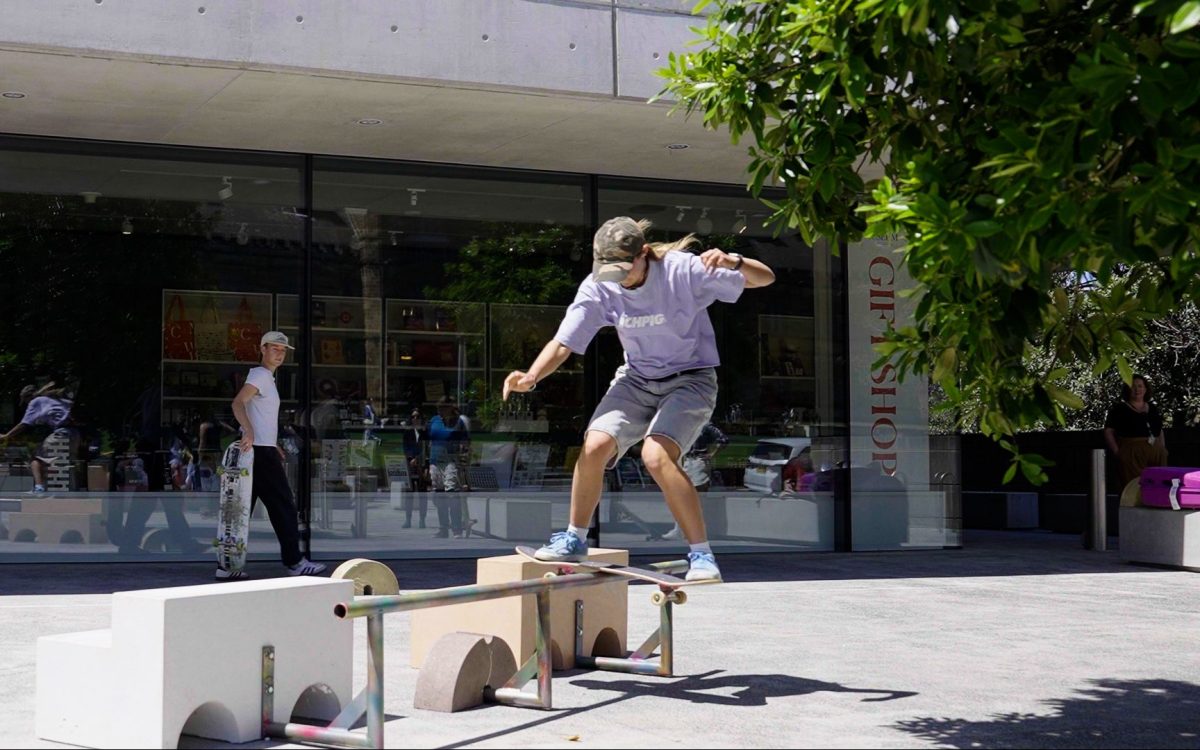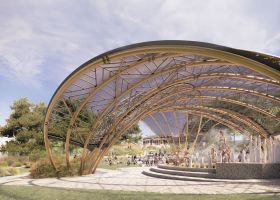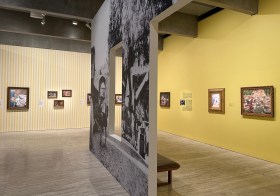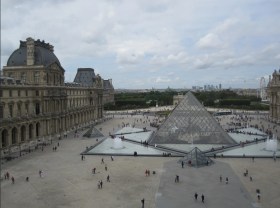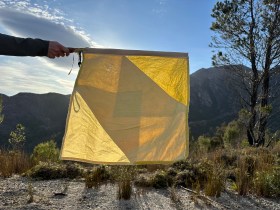Contemporary urban sports such as skateboarding, parkour and roller skating have a long-rooted history in youth subcultures that defied societal norms. These cultures provide a safe haven for those excluded from the ‘mainstream’ with the city becoming their playground. The global popularity that urban sports now enjoys and inclusion in professional competitions shouldn’t be taken for granted.
So what do artists and skaters have in common? The desire and power to transform public spaces to encourage connection and social cohesion, say Dr Sanné Mestrom, Senior Lecturer in Visual Arts at Sydney College of the Arts and Dr Indigo Willing, skateboarder, sociologist and Visiting Fellow in the Sydney Social Sciences and Humanities Advanced Research Centre at the University of Sydney.
